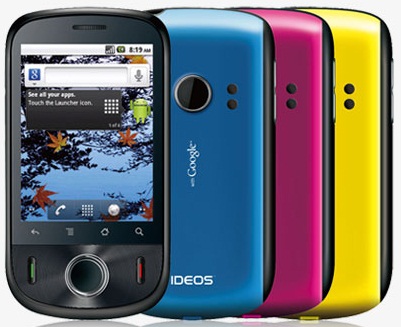Did you know that Google has developed its own social networking platform called Google+. If not, that is exactly why the company has partnered with top NBA players such as LeBron James as its newest marketing ploy. Google is set to be the main sponsor of a “four-game exhibition dubbed the Google+ Homecoming Tour”. The company is also encouraging sports teams to connect with their fans through Google+.

Like blogger Matt Lundy, I think it was a smart move for Google to go in the direction of sports to help market its new platform. Not only is the company generating more exposure, it is also infiltrating itself slowly into the sporting world which is an area it has yet to venture in. Although this plan may seem slightly ambiguous, “more than 1000 users have [the event page] in their circles” – showing a definite interest by the public. Now with its foot in the door, Google is looking to stream live NBA and NHL games in the future using YouTube. As Lundy pointed out, this could become a great advantage if the company successfully offer strong streaming which will set it apart from its biggest rival: Facebook. I anticipate seeing how far down the court the NBA will take Google before the period ends. 🙂





